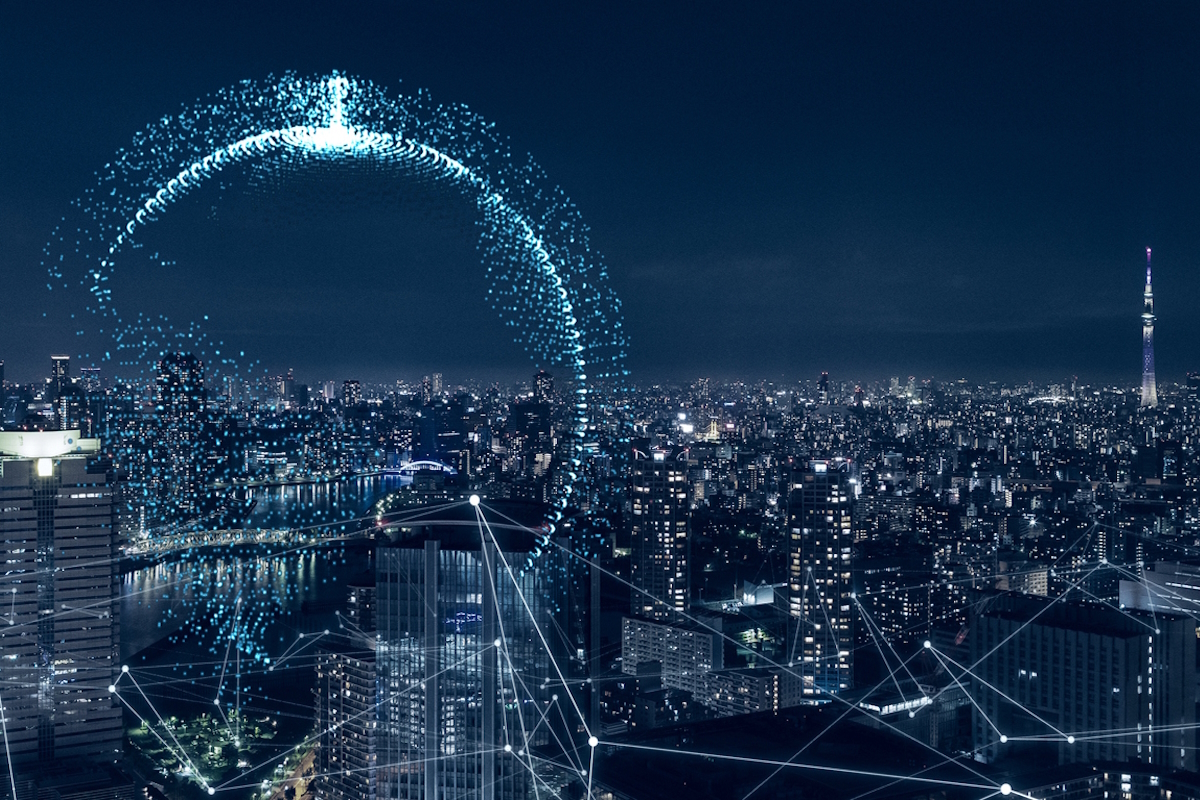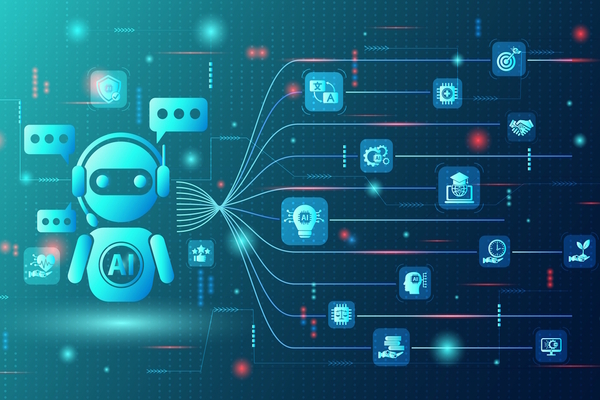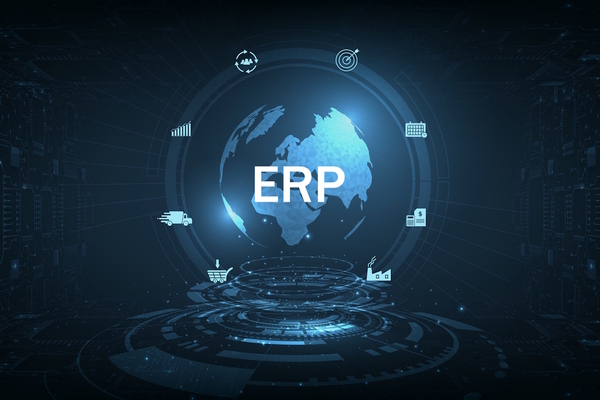Telecom turbulence: navigating AI amidst shifts in cyber-resilience

Hsin Yi Chen, Manager of Ericsson Security Solutions, highlights the need for enhanced security during a period of far-reaching change
The telecommunications industry has a history of technological innovation. It is also a highly regulated and scrutinised sector, with a special focus on security. Both look set to experience a rapid and widespread evolution in 2024, partly as a result of a more pervasive convergence of 5G networks, Internet of Things (IoT) functionality and artificial intelligence (AI).
This amalgamation of technologies is fundamentally reshaping the telecoms landscape, but incorporating AI into software-defined and cloud-based networks isn’t without its problems. Issues around trust, risk management and security sit firmly under the lens of regulators, and the coming 12 months will see an intensified focus on cyber-resilience.
Keeping pace with change
AI’s ability to conduct real-time traffic analysis and reconfigure networks to optimise their operations offers telcos clear advantages, including the ability to unlock significant value for both consumers and operators. To remain competitive, telcos, therefore, need to keep pace with these changes. However, there are challenges ahead.
The European Union’s (EU) NIS2 Directive, also known as the Network and Information Security Directive, is a significant piece of legislation aimed at improving cyber-security and protecting critical infrastructure. Member states have until October 2024 to transpose its measures into national law.
Amongst other things, it mandates that companies in certain sectors, including digital infrastructure, must demonstrably take appropriate cyber-security measures and report significant incidents within 24 hours. Less significant incidents must be reported within 72 hours.
This is increasing the pressure on C-level executives. There are penalties, including administrative fines of up to 10 million euros or 2% of the company’s annual revenue, for non-compliance with the NIS2 Directive. There is also the growing risk of reputational damage.
To make matters even more complicated, the introduction of 6G will further increase the pressure to up the defences against bad actors. For example, security professionals will need to consider a wide range of new elements, from defending physical layer and network information to AI-related protection integrated into novel technologies such as Reconfigurable Intelligent Surfaces (RIS), blockchain, native AI, ubiquitous cloud environments, Internet of Everything (IoE) and quantum computing.
It’s time to abandon trust
The conventional perimeter security model operates on the basis of inherent trust, assuming that everything inside a network is reliable. As long as the perimeter defences are strong enough to prevent intrusions, this approach can work well.
However, if a breach occurs and an attacker gets behind the defences, this model can’t stop cyber-criminals from moving between systems within the network. To make matters worse, the increasingly diverse nature of telecommunications infrastructure makes it difficult to protect with conventional perimeter-oriented approaches.
By starting from the assumption that an attacker is already inside the network, the Zero Trust Architecture (ZTA) model enhances security by both blocking unauthorised network access and preventing internal movement by an attacker. ZTA secures networks by limiting access to users, devices and services that are authorised and approved.
This approach also assumes the worst – that a breach is happening: it’s about spotting it rather than thinking ‘I can’t see an attack, I’m therefore okay’.
The real benefits of artificial defences
An increasingly important weapon in front-line defences is AI, which is already helping telcos more easily detect and prevent various types of telecom frauds. By training these algorithms with large quantities of historical network data, they can learn to recognise usual or suspicious behaviours. Based on this knowledge, an AI model can distinguish between legitimate traffic and potential threats with greater accuracy, reducing false positives.
In a parallel stride toward cyber-resilience, Ericsson recently partnered with three prominent Canadian universities—Concordia University, the University of Manitoba, and the University of Waterloo. Orchestrated by Canada’s National Cybersecurity Consortium, the collaborative effort aims to bolster 5G and 6G networks by deploying AI-based techniques that can detect zero-day attacks and predict and thwart ongoing threats in real-time.
This approach ensures that AI becomes a versatile tool, adept at distinguishing between legitimate traffic and potential risks with unprecedented accuracy. It positions the telecom industry on the forefront of cyber-resilient networks.
Making the connections
A growing awareness of the security hazards faced by the telecom sector, and the rise in awareness around AI, is encouraging governments, operators and standards bodies worldwide to take steps.
The NIS2 Directive is just one of many planned initiatives. Others include the US Executive Order on the safe, secure and trustworthy development of AI, the Canadian Artificial Intelligence and Data Act and the upcoming European Union AI Act, the first comprehensive law on AI by a major regulator anywhere. It follows principles written by the European Commission High-Level Expert Group in their Ethics Guidelines for Trustworthy AI, which Ericsson has already adopted.
What is clear, however, is that this rapidly changing and evolving threat and technology landscape cannot be regulated, supervised and coordinated by a single entity. The complexities involved are so great, and the risks so widespread, that the only way to secure the best outcomes is through partnerships and collaboration.
Hsin Yi Chen is Manager of Ericsson Security Solutions
Main image courtesy of iStockPhoto.com

Business Reporter Team
Most Viewed
Winston House, 3rd Floor, Units 306-309, 2-4 Dollis Park, London, N3 1HF
23-29 Hendon Lane, London, N3 1RT
020 8349 4363
© 2025, Lyonsdown Limited. Business Reporter® is a registered trademark of Lyonsdown Ltd. VAT registration number: 830519543





